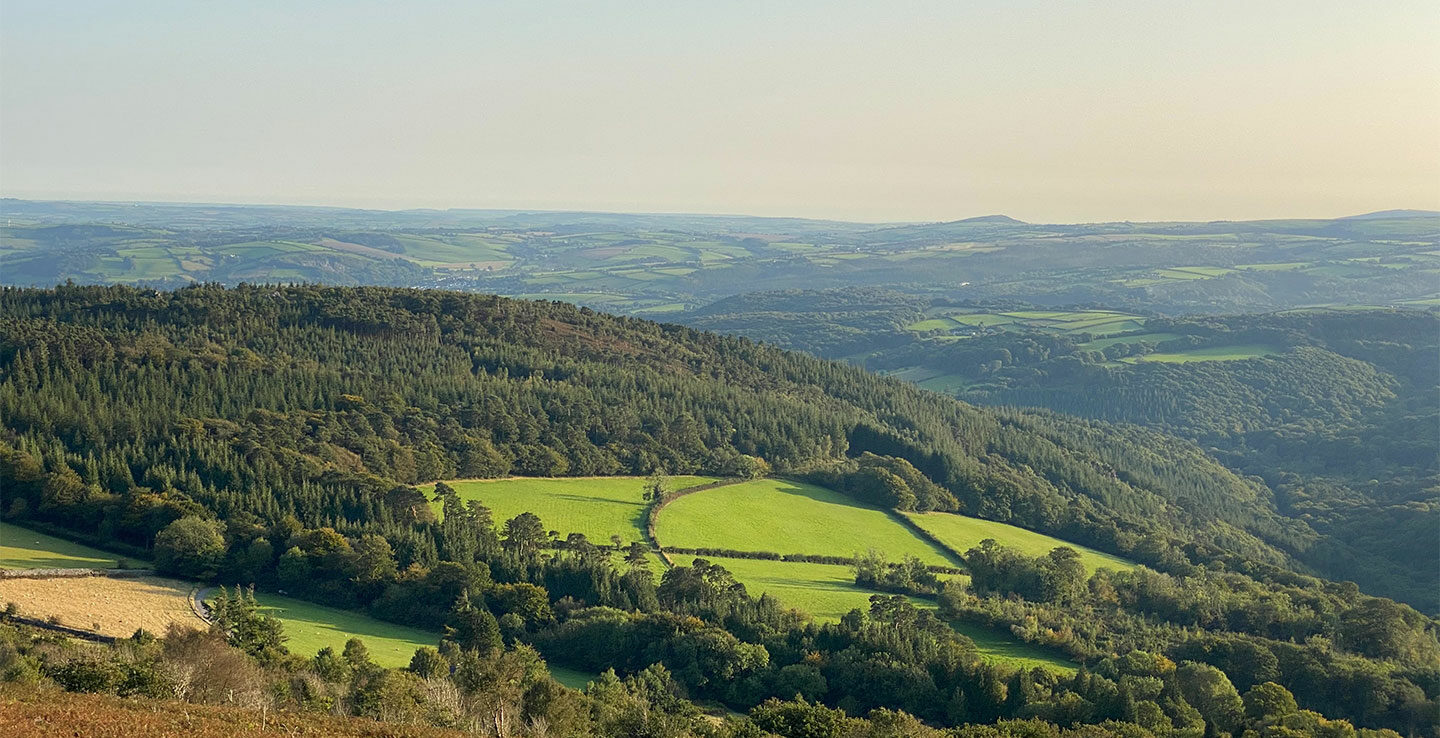
Happy Birthday Dartmoor! 70 years ago, Dartmoor was designated as one of the the UK’s first National Parks, on 30 October 1951! In the same year, the Peak District, Lake District and Snowdonia were also awarded the designation. Dartmoor is a beautiful, wild, and incredible place to visit and explore, why not visit for yourself and find out why we love it here so much.
To celebrate Dartmoor’s 70th Birthday we have come up with the top 7 things to do on Dartmoor in 2021 (there’s so much to do here it was hard choosing just 7), keep reading to find out more…
The rich history of Dartmoor dates back to around 10,000 years ago, where people were visiting Dartmoor to hunt for food and then, from about 4,500 years ago people who were known as the Bronze Age Farmers began to settle down and farm the land. In medieval England, roughly 1,000 years ago the improving climate and increasing population brought many new settlers on Dartmoor. And even today you can still see the medieval landscape the same as it would have looked 700 years ago.
When visiting why not explore the old manor houses, churches, and medieval fields. You can take a short trip from Bovey Castle to the iconic Hound Tor Medieval Village which is a deserted village from the Bronze Age, consisting of a cluster of 13th century stone longhouses or why not visit the restored longhouse in Higher Uppacott?
The history continues with the Victorians, who brought different industries and lots of wealthy people to change the Dartmoor landscape, inviting steam trains to be built with a train line running over the Wray Valley which can still be visited and explored today!
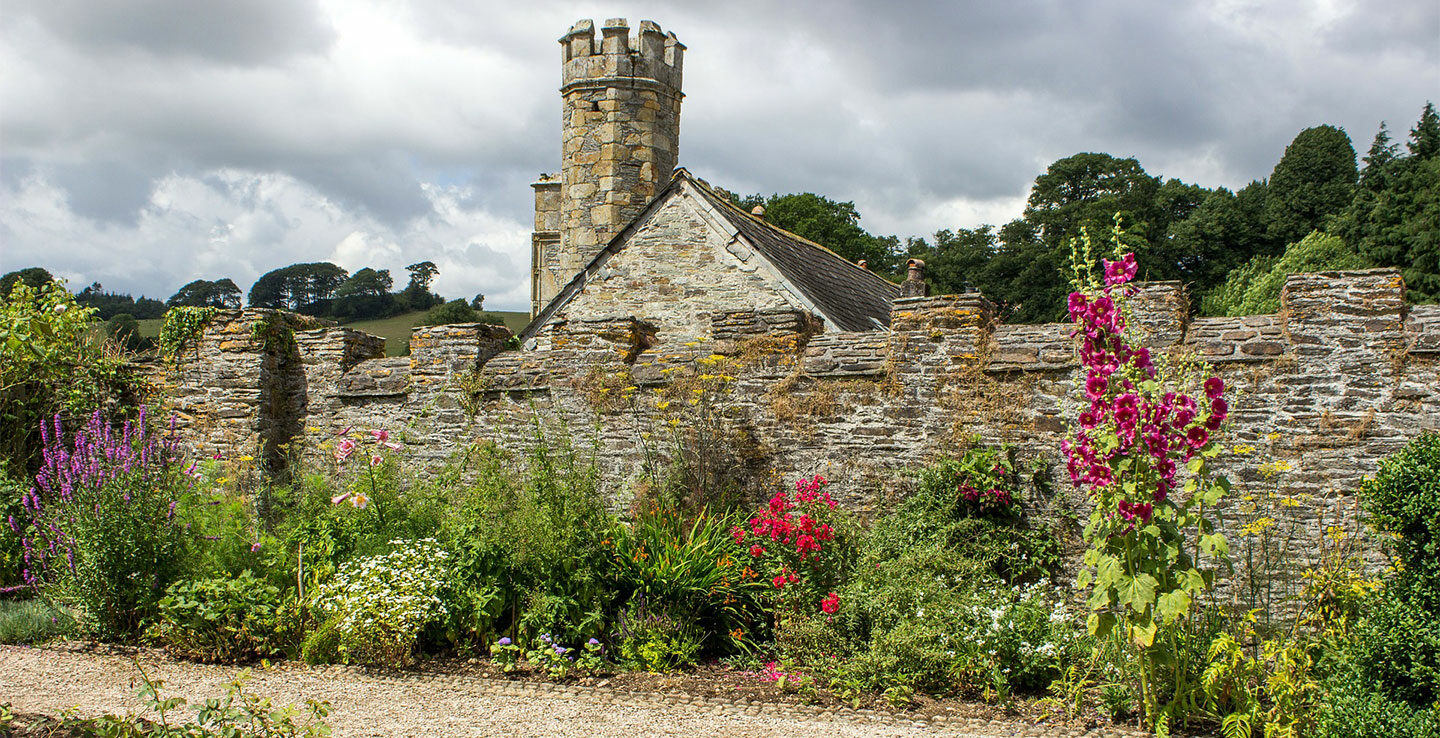
Did you know? Dartmoor was covered in tropical forests for millions of years! Today, Dartmoor is an important reserve for rare species including different varieties of plants and animals, it also has one of the main concentrations of oak woods in the UK.
Visit Dartmoor are celebrating the 70th Birthday of Dartmoor with their ‘Time for Nature Challenge’. Come and test yourself with this interactive nature challenge which was created to help visitors not only explore the wildlife make new discoveries about the world around us. It’s important to recognise how the small changes we can make as individuals have a great impact on protecting the wildlife around us for future generations. Discover how to get involved with the ‘Time for Nature Challenge’ on their website click here.
There’s so much wildlife to enjoy and the Dartmoor Ponies are a species that are iconic to Dartmoor. So iconic that the pony was chosen as the National Park’s logo in 1951. They are an integral part of the moorland landscape and one of the main attractions for visitors to the area, contributing to Dartmoor’s unique character. There are lots of different types of ponies who reside on Dartmoor today, they have been used for many different jobs including pit ponies, shepherding, taking the family to the market and even sometimes carrying the postman to deliver the mail! The smaller ponies are called Shetlands and were originally used in the mining industry. Click here to read more about the Dartmoor Ponies and how to keep yourself and the ponies safe when visiting.
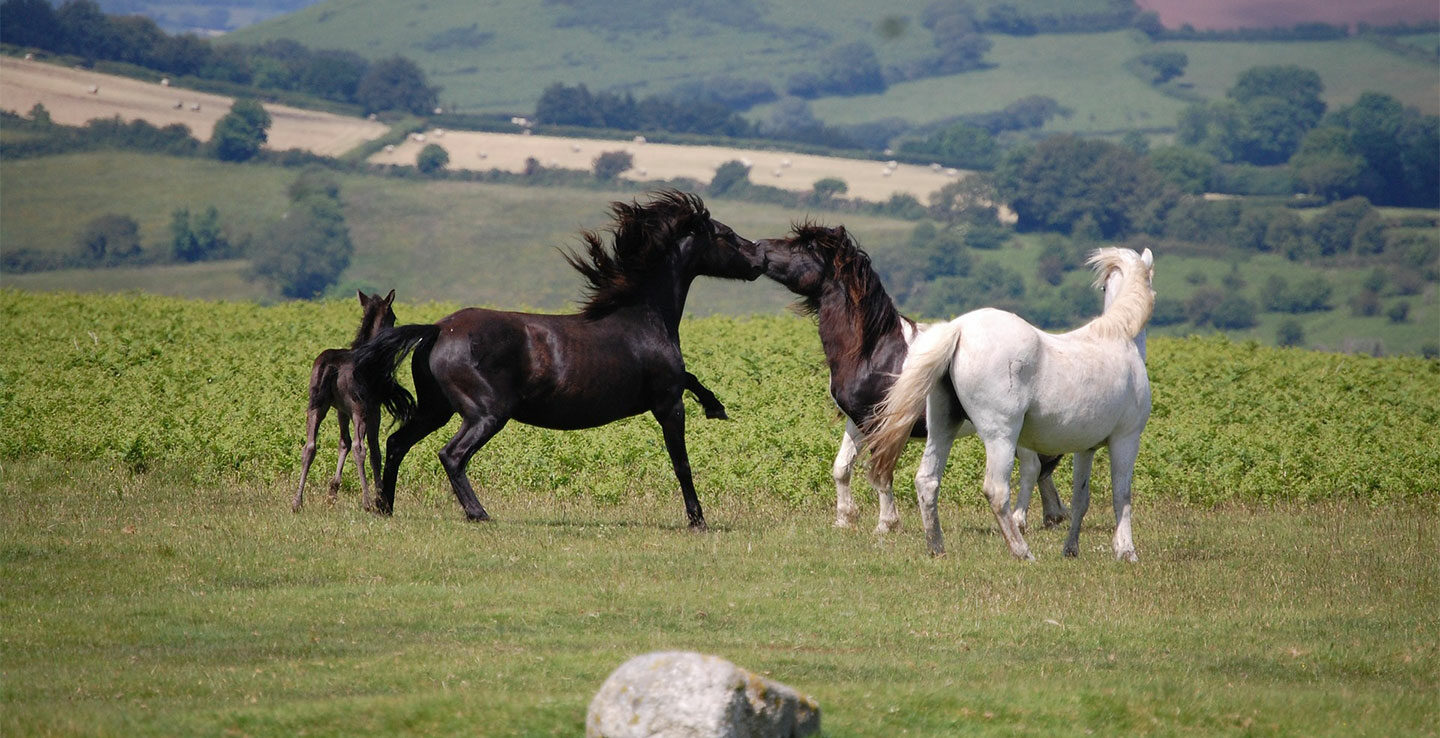
If you want to spook yourself out, discover the many legends and folk lore’s that reside on Dartmoor! These stories are passed on by word of mouth down the generations and are based on true tales. Discover the stories of the past giants, witches, pixies, and evil ones who have inhabited Dartmoor over the years. Learn about ghost stories of Dartmoor too. Click here to discover myths and legends on Dartmoor and learn about all the strange phenomena’s that have prevailed over the years. Delve deep into your imagination and picture the wicked Vixana peering over the top of Vixen Tor or imagine the body of poor Childe the Hunter lying next to the cross which marks where his body was found.
Moor Otters is a feel-good public arts project that attracts young and old for an amazing journey of discovery and making memories. The Moor Otters Arts Trail consists of 81 stunning sculptures of otters with cubs, all designed by local and national artists creating a total of four arts trails. This fun and interactive arts trail encourages visitors to spot the otters on the moor. Ending on Sunday 19th September 2021, where the otters will then be rounded up ready for auction and be available for collectors to purchase their favourite piece. The funds raised are put towards vital conservation projects for the National Park. Find out more about the Moor Otters Arts Trail here.
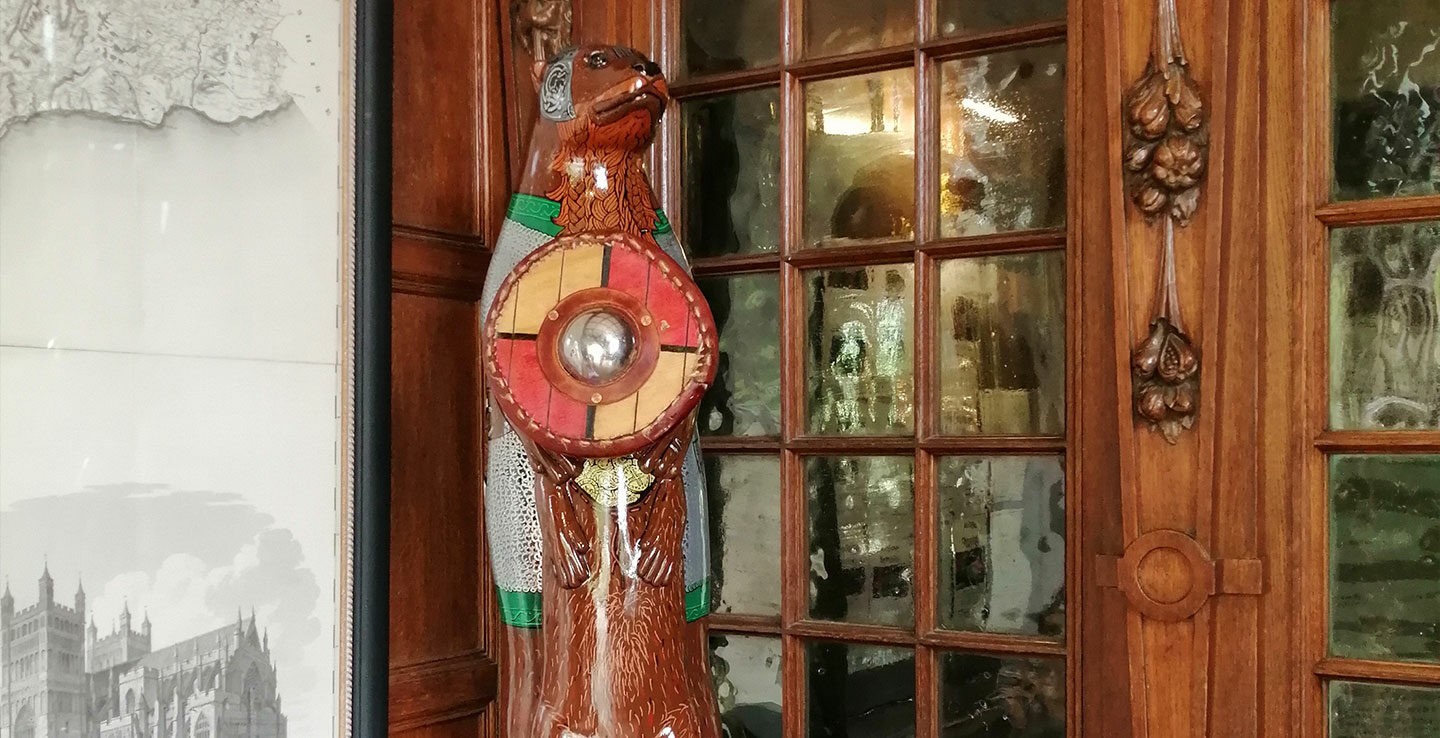
The granite that belongs to Dartmoor was produced over 300 million years ago and over the past 10,000 years humankind from the Middle Stone Age have shaped the landscape into a beautiful place to live. People have been living on the moor for thousands of years, explore the moors and you can discover traces of past lives etched into the land itself! Together, Mother Nature and Humankind have joint forces to create a stunning landscape full of varied for beautiful nature and wildlife to inhabit. If you’re into rocks and geology, why not visit the top 10 archaeological sites on Dartmoor, discover more by clicking here.
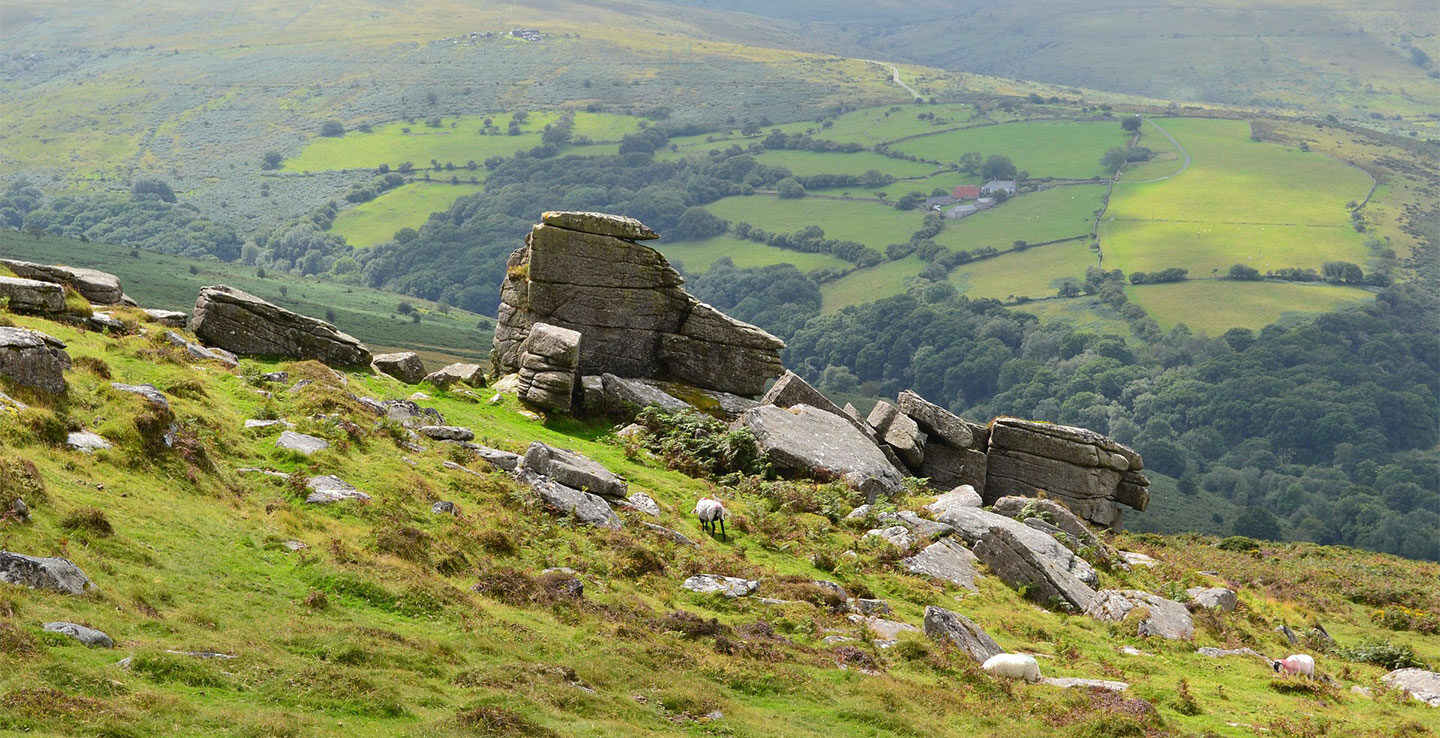
Rivalling Africa’s infamous ‘Big Five’ wildlife (the lion, elephant, buffalo, leopard and rhinoceros), Dartmoor’s ‘Little Five’ are infamous on the moorlands and are rare, secretive and fascinating…
First up, the blue ground beetle. The ancient oak woodlands contain moss-covered boulders and tree trunks where this fierce predator hides. The blue ground beetle is one of the largest and rarest beetles in the UK it grows to a whopping one and a half inches and has long metallic blue legs. Next, the cuckoo bird. The cuckoo is a dove sized bird with grey colouring. They spend summer on Dartmoor and migrate 10,000 miles to the Congolese tropical rainforests in winter. The marsh fritillary butterfly is a rare, medium sized butterfly which can be spotted from May to June in the wet grassland on Dartmoor. Otters are infamous to Dartmoor with a medium-dark brown colouring and grow up to a metre in length. Otters are mainly nocturnal and travel large distances of up to 20km of river habitat. And finally, the ash black slug which is renowned as the world’s largest slug and can exceed 20cm! Another nocturnal animal, it can be found in the woodlands on Dartmoor and will feed on fungi and algae along the tree stumps. Did you know? Slugs are hermaphrodites, meaning they have both male and female reproductive organs. Find out more about Dartmoor’s ‘Little Five’ wildlife and how to find it by clicking here.
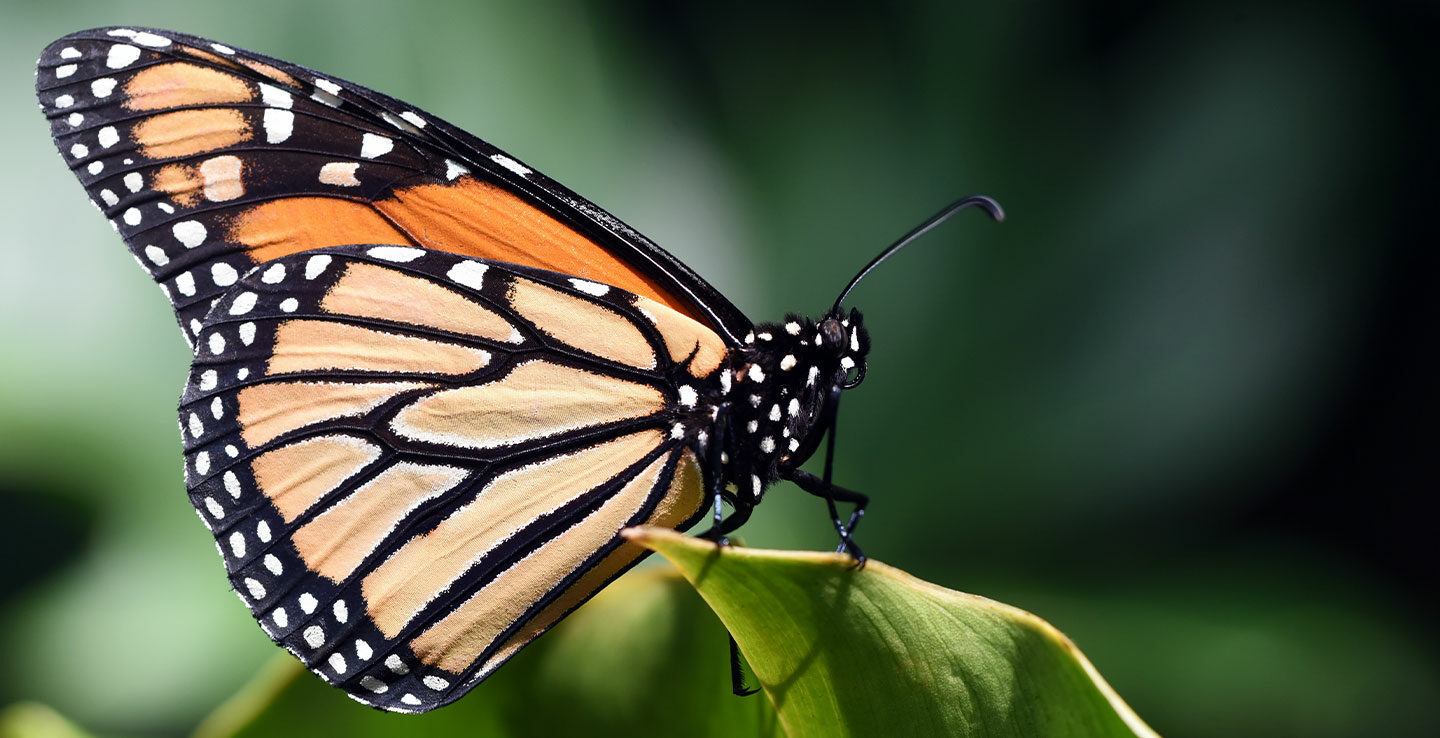
Sound like fun? If you need more time to ‘Explore More on the Moor’ why not enjoy a fabulous private lodge break with our exclusive offer. Get either five nights for the price of four or seven nights for the price of five! Discover our fabulous lodge offer and book now by clicking here.
Eden Hotel Collection is part of Rigby Group (RG) plc.
Bovey Castle Property Limited is a company registered in England and Wales with Company Number 09552863.
Registered office address: c/o Eden Hotel Collection, Bridgeway House, Bridgeway, Stratford upon Avon, Warwickshire, CV37 6YX
VAT Number: 806641241